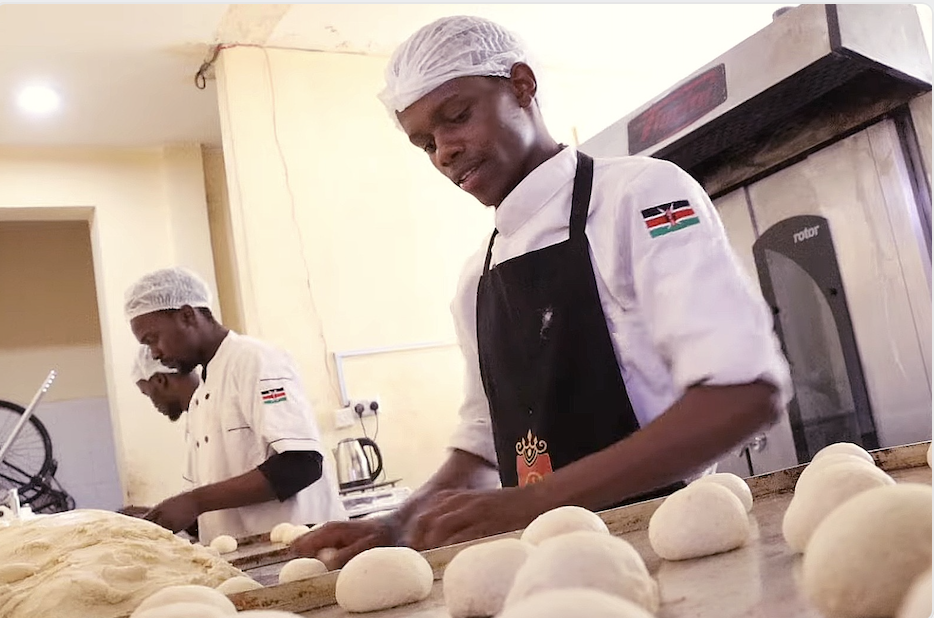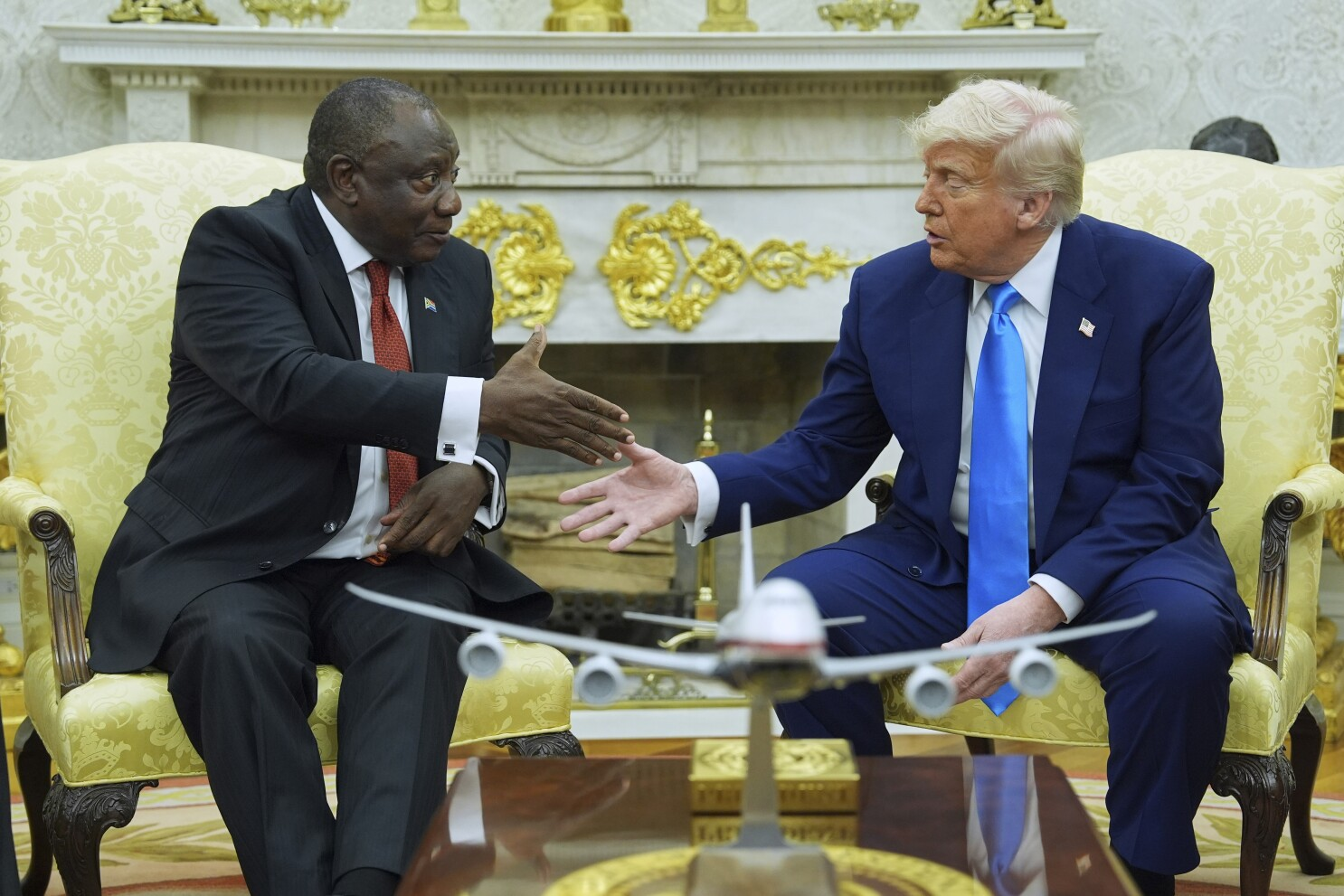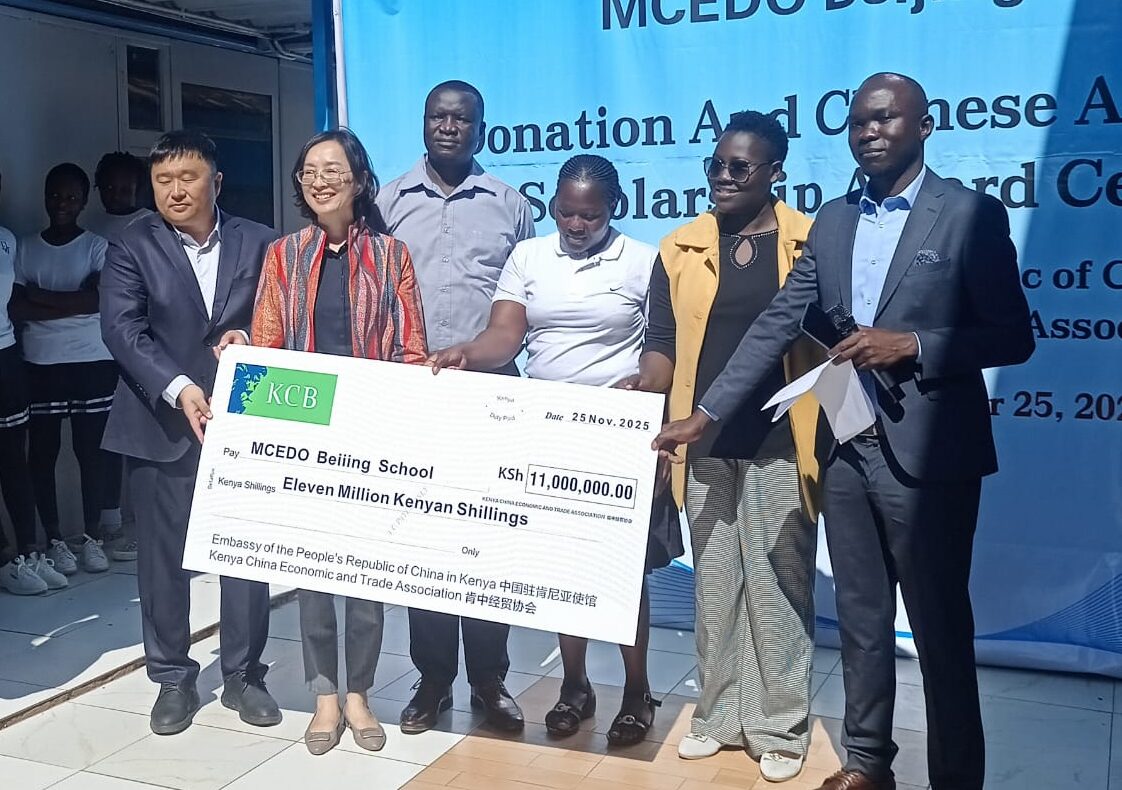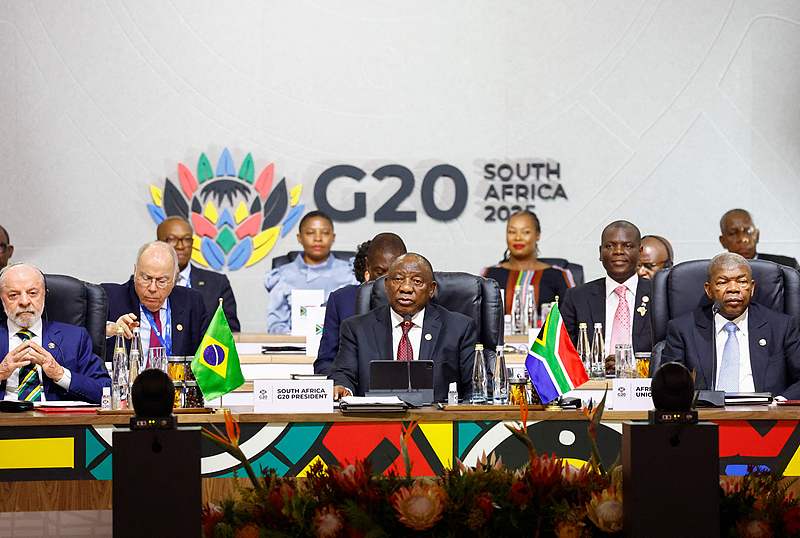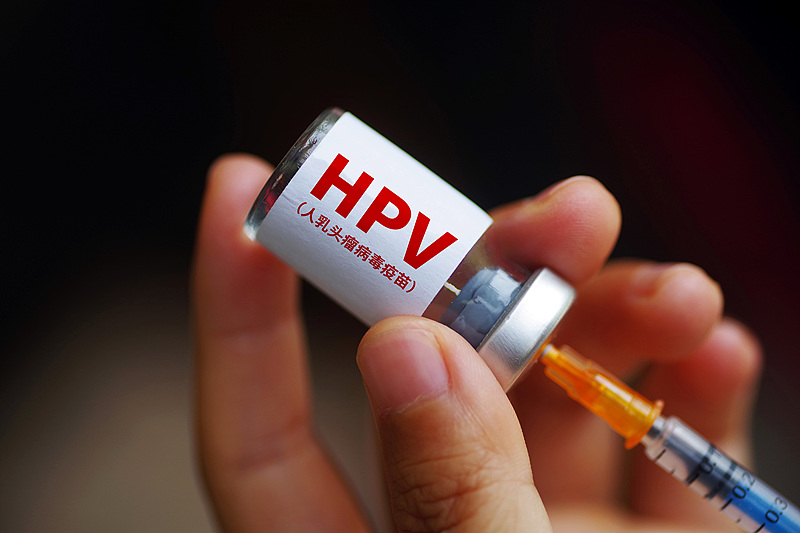
Gavi: Cervical cancer vaccines save over 1 million lives in developing countries
In a landmark achievement, Gavi, the Vaccine Alliance, revealed that its HPV vaccination programs have prevented more than one million cervical cancer deaths in lower-income countries, protecting an estimated 86 million girls from the virus’s deadly grip.
This milestone, reached ahead of schedule through a revitalized three-year campaign unveiled in 2023, underscores the power of equitable vaccine access in combating a disease that claims a woman’s life every two minutes worldwide.
The Global and African Burden of Cervical Cancer
Cervical cancer remains a formidable public health crisis, with the World Health Organization (WHO) identifying it as the fourth most common cancer among women globally, causing over 350,000 deaths in 2022 alone.
The African continent bears a disproportionate toll. Among the 20 countries with the highest cervical cancer burden, 19 are in sub-Saharan Africa, where the disease accounts for 23 percent of global mortality—equivalent to 153,000 lives lost in 2022.
Human papillomavirus (HPV), a widespread sexually transmitted infection, drives nearly all cases, with high-risk strains triggering cellular changes that can lead to invasive cancer if undetected.
Lower-income countries, particularly in Africa and Asia, bear 90 percent of these fatalities due to limited screening, treatment access, and historical inequities in vaccine distribution. Without intervention, projections warn of up to 460,000 annual global deaths by 2040, with sub-Saharan Africa facing the steepest increase.
Revitalized Campaign Delivers Historic Wins
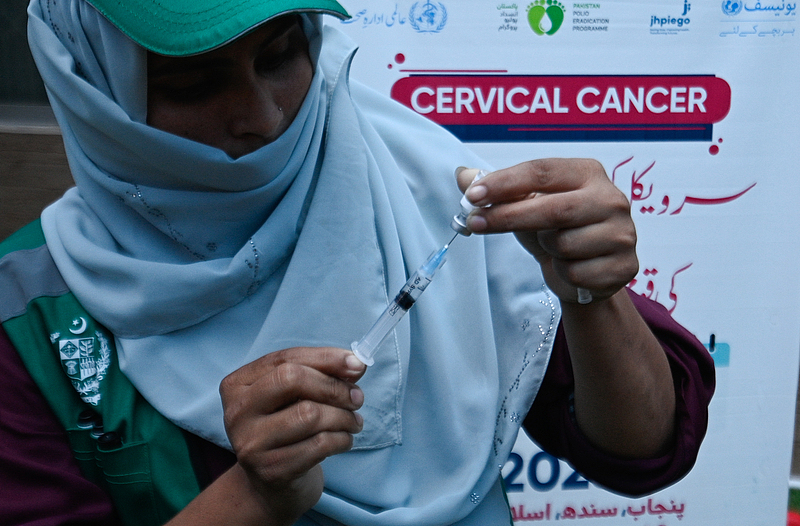
Gavi’s renewed HPV vaccine push, backed by a $600 million investment through 2025, has transformed this outlook. By partnering with governments, manufacturers, and civil society, the initiative overcame supply shortages, data gaps, and awareness barriers that once confined coverage to just 4 percent in Africa when the program began in 2014.
Dr. Sania Nishtar, CEO of Gavi, credited the early success to the commitment of countries, partners, civil society, and communities, which not only met but exceeded targets.
By year’s end, the vaccine is expected to reach nations accounting for 89 percent of global cases, with over 50 countries introducing it with Gavi support.
The vaccine’s impact is starkly visible in coverage rates. Globally, Gavi-supported countries saw HPV vaccination rise from 8 percent in 2022 to 25 percent by the end of 2024, immunizing over 60 million girls to date.
In Africa, coverage soared from four percent in 2014 to 15 percent by 2022 and 44 percent by late 2024—eclipsing Europe’s 38 percent rate and positioning the continent as a leader in prevention.
This equates to safeguarding 17.4 lives per 1,000 vaccinated girls, a testament to the vaccine’s efficacy against high-risk HPV strains. Recent campaigns in nations like Ghana (targeting two million girls) and Côte d’Ivoire (reaching 3.5 million aged 10–18) exemplify the momentum, filling pandemic-era gaps and integrating HPV into routine immunization.
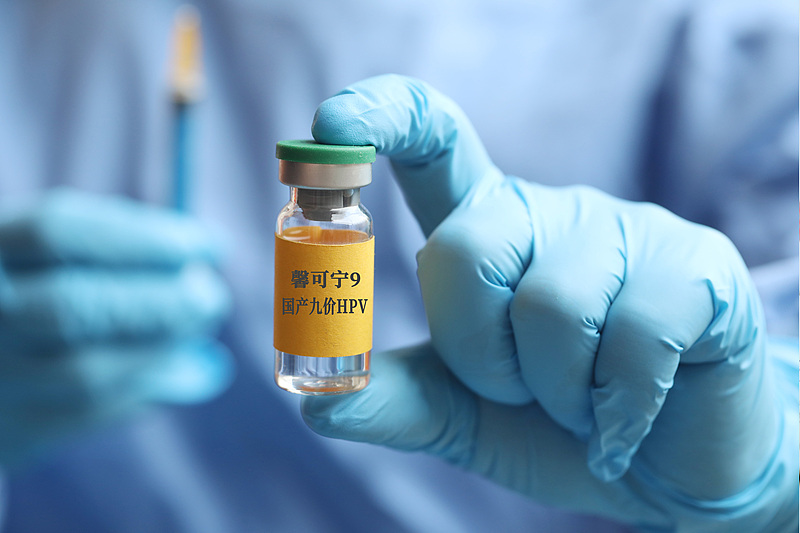
Economic and Community Returns on Investment
Beyond lives saved, the program yields profound economic dividends. Between 2014 and 2024, preventing cervical cancer in Gavi-supported countries is projected to generate $2.32 billion in benefits through reduced healthcare costs, lost productivity, and caregiver burdens, fostering resilient communities where women can thrive.
By guaranteeing vaccine volumes to manufacturers, it slashed prices from over $100 per dose in high-income markets to $2.90–5.18 in supported countries.
The 2022 WHO endorsement of a single-dose regimen—versus two doses previously—doubled reach without extra supply, a game changer for resource-strapped systems.
These innovations addressed root causes, inadequate supply chains, delivery data voids, and low awareness that had once stalled progress.
Community engagement, from youth advocates to local leaders, has been pivotal in building trust and uptake. Building on this surge, Gavi will support seven more countries in integrating the HPV vaccine into national programs.
This week, expansive drives in Sierra Leone and Liberia extend protection to girls up to age 18, targeting those missed in earlier rounds and advancing the WHO’s 90-70-90 elimination targets: 90 percent vaccination, 70 percent screening, and 90 percent treatment access by 2030.


